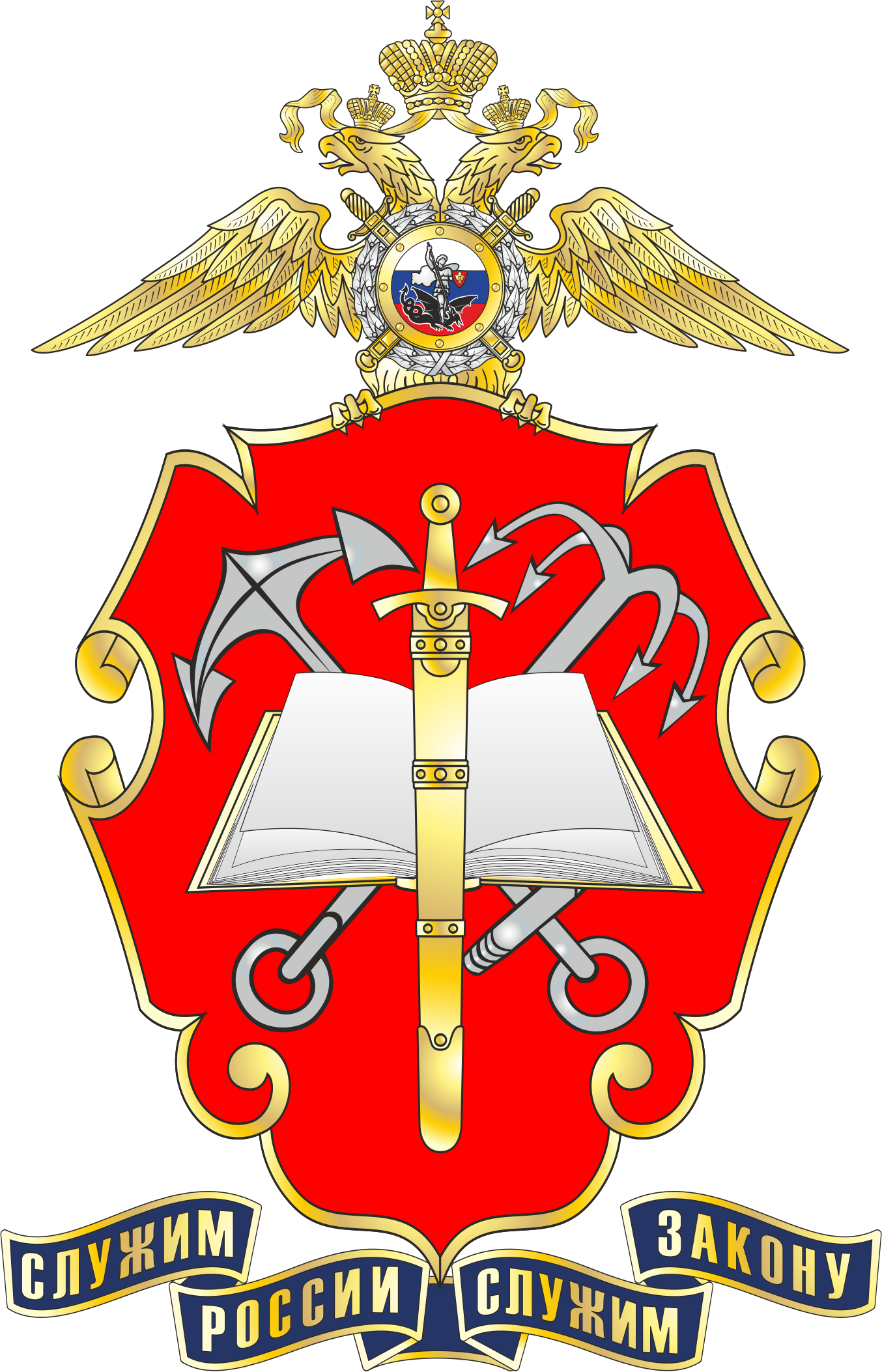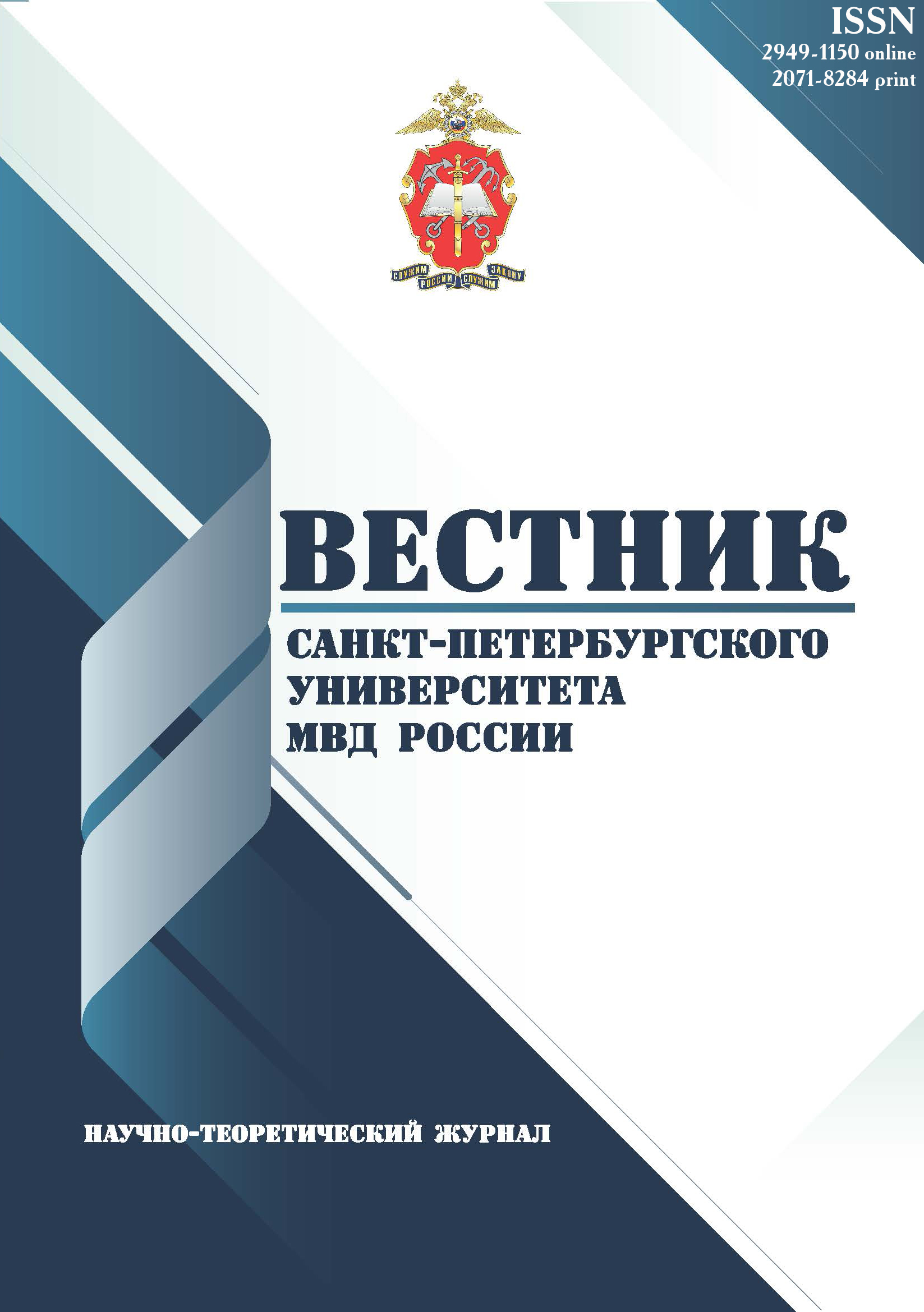from 01.01.2010 until now
Voronezh, Voronezh, Russian Federation
from 01.01.2020 until now
Voronezh, Russian Federation
UDC 37
CSCSTI 14.35
The article discuses the issues of implementation of the program of laboratory works in the process of distant teaching the subject “Technical protection of information”. The necessity to use special equipment and special research methods in the course of a laboratory workshop in a full-time training is indicated. The actual approaches of organizing a laboratory workshop during distant and mixed learning for a number of typical engineering and technical subjects are analyzed. The use of programs for structural and functional modeling of electronic circuits in laboratory works during distant and mixed learning is rationalized. The article analyzes the functional features that exist in the known programs of circuit simulation, which are important from the point of view of the implementation of circuit modeling in the study of technical protection of information. As an example, the stages of performing the tasks of the laboratory work on the study of the properties of the 220 V mains power filter, suppressing high-frequency interference, are given. The stages of the methodology for interacting with trainees are given when using the Qucs application package with partial replacement of laboratory work with modeling. The problem of the research lies in the contradiction between the need to fulfill the requirements for a specialized laboratory workshop of the subject “Technical protection of information” for a number of technical specialties and objective difficulties or even impossibility of its full implementation in a traditional form during remote and mixed learning. The purpose of the study is to present an argument for implementation of circuit modeling programs to partially replace a laboratory workshop with work with specialized software tools that can be successfully used for training in a remote format with a minimum deployment time. Research methods - analysis of modern approaches to the implementation of laboratory workshop tasks in the world and in Russian and best practices of their application Conclusion: From the standpoint of cross-platform solution of import substitution, reduction of licensing costs, it is of interest to use the open source circuit modeling program Qucs in the teaching process. Some particular results obtained by the authors indicate the possibility of its application to study at least some topics of the subject “Technical information security”
technical protection of information, simulation of laboratory measurements, Qucs, structural-functional and circuit simulation
1. Salahova A. Sh., Kozlov V. A. Organizaciya i metodika provedeniya distancionnyh laboratornyh rabot po obscheprofessional'nym tehnicheskim disciplinam // Otkrytoe obrazovanie. - 2014. - № 5. - S. 74-79.
2. Rogozin K., Lustig F., Kuznetsov S., Yanyshev D., Brom P., Kiryasov M., Ovcharov A. Teaching/learning physics: integrating research into practice. Proceedings of the GIREP-MPTL 2014 international conference held in Palermo, Italy, July 7 - 12. - Palermo: Dipartimento di fisica e chimica, Università degli Studi di Palermo, 2014. - pp. 705-709.
3. Castro M., Tawfik M., Tovar E. Excellence in engineering to enhance a country’s productivity. Proceedings of the 12th Latin American and Caribbean conference for engineering and technology (LACCEI’2014), Guayaquil, Ecuador, July 22-24, 2014 [Elektronnyy resurs]. - URL: laccei.org/ LACCEI2014-Guayaquil/RefereedPapers/RP040.pdf (data obrascheniya: 28.12.2020).
4. Lin, S. Douglas, J. Aiken, C. Liu, E. Greco, B. Thoms, M. Caballero, M. Schatz. Physics education research conference proceedings, Minneapolis, MS, July 30-31, 2014. pp. 163-166. doi:https://doi.org/10.1119/perc.2014.pr.037 [Elektronnyy resurs]. - URL: https://compadre.org/per/perc/conference.cfm?Y=2014 (data obrascheniya: 28.12.2020).
5. International STEM classrooms: the experiences of students around the world using at-home laboratory kits / S. Z. Atiq, X. Chen, D. D. Cox, J. DeBoer // 2015 ASEE international forum, Seattle, Washington. June 14, 2015 [Elektronnyy resurs]. - URL: peer.asee.org/17146 (data obrascheniya: 28.12.2020).
6. Gluhova O. E. Primenenie programmnogo paketa otkrytogo dostupa Qucs v uchebnom processe dlya modelirovaniya mikrovolnovyh ustroystv / O.E. Gluhova, K.A. Sayapin, M.M. Slepchenkov / SAPR i modelirovanie v sovremennoy elektronike : sbornik nauchnyh trudov. - Bryansk, 2019. - S. 243-246.
7. Kuznecov V. V. Simulyator elektronnyh shem s otkrytym ishodnym kodom Qucs: osnovnye vozmozhnosti i osnovy modelirovaniya // Komponenty i tehnologii. - 2015. - №3. - S.114-120.
8. Mazin A. V., Korneev A. A., Glebov S. A. Analiz modelirovaniya elektronnyh shem // Voprosy radioelektroniki. - 2017. - № 6. - S. 65-69.
9. Kechiev L. N., Kryuchkov N. M., Kuznecov V. V. Ispol'zovanie svobodnogo po Qucs v celyah modelirovaniya dlya ocenki faktorov EMS REA // Tehnologii elektromagnitnoy sovmestimosti. - 2015. - № 1 (52). - S. 28-33.
10. Brinson M. E. A new approach to compact semiconductor device modelling with qucs verilog-a analogue module synthesis / M.E Brinson, V.V. Kuznetsov // International Journal of Numerical Modeling: Electronic Networks, Devices and Fields. - 2016. - T. 29. - № 6. - S.1070-1088.














